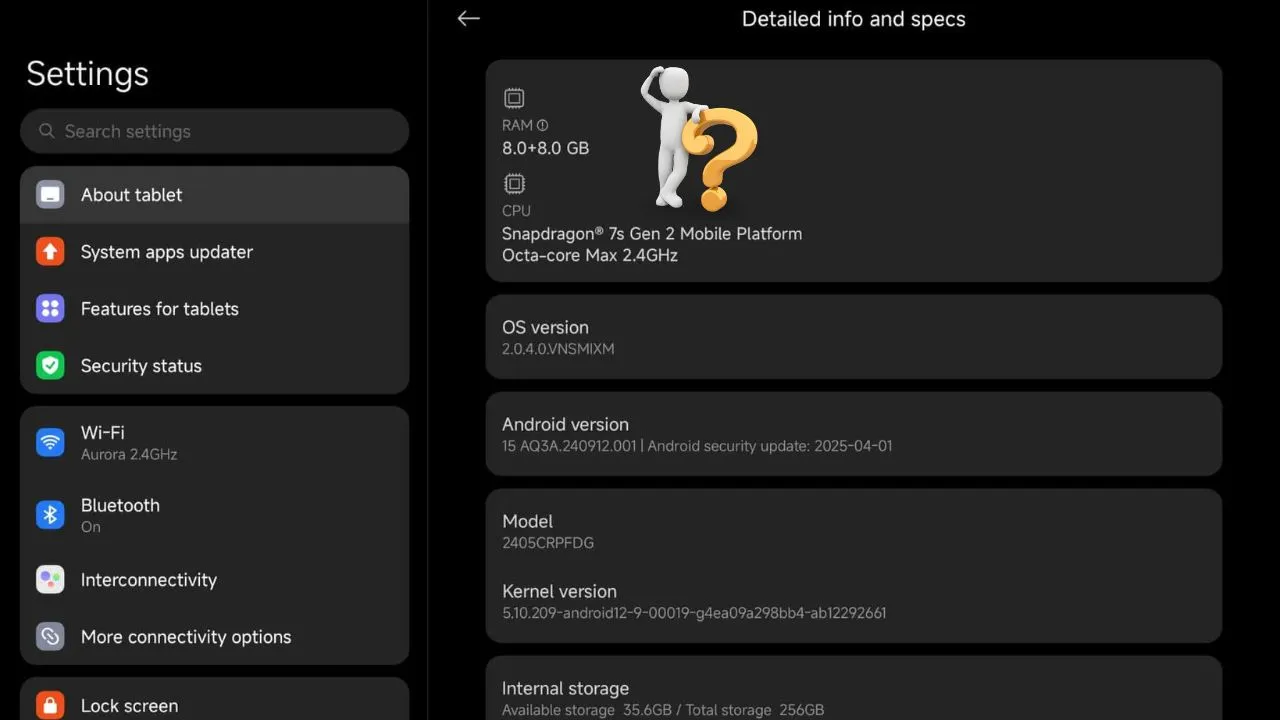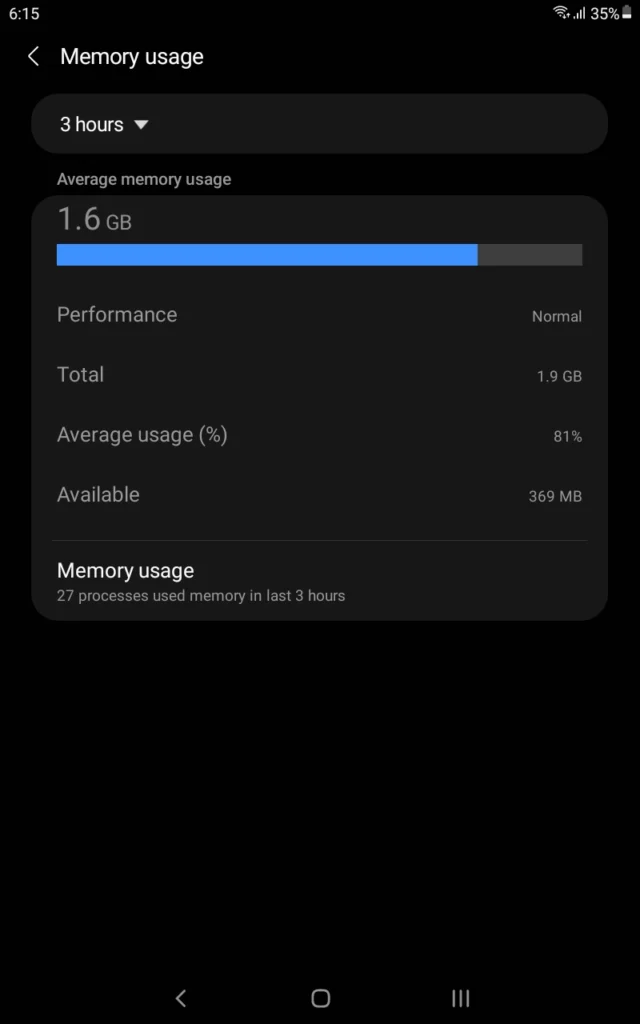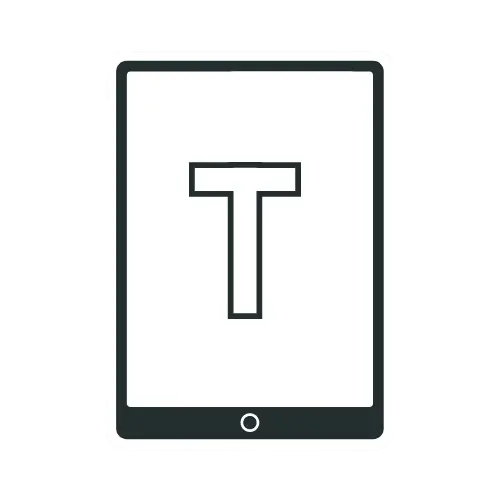How Much RAM Does An Android Tablet Need?

When purchasing a new tablet, one of the key considerations is the amount of RAM the device has. Choosing the right amount of RAM for your Android tablet can mean the difference between smooth performance and frustrating lag. With 2025 ushering in new demands such as on-device AI processing and more sophisticated apps, understanding RAM requirements is more crucial than ever.
Understanding RAM’s Role in Your Tablet
Random Access Memory (RAM) is a type of computer memory that temporarily stores data and programs being actively used by the processor. When you launch an application on a tablet, the program is loaded into the device’s RAM so that it can be rapidly retrieved and used. The more RAM a tablet has, the more data and programs it can store for faster access and smoother multitasking.
However, as you open more apps and perform more tasks, the amount of available RAM decreases. When there is no more room in the RAM, the tablet’s performance may begin to degrade and even become unresponsive. Unlike a PC, when an Android tablet runs out of RAM, it automatically closes background apps to free up memory. Because of this, having sufficient RAM is essential for the overall functioning of your tablet.
How Much RAM Do You Need?

Casual Users: 6GB Sweet Spot
If your tablet primarily serves for web browsing, social media, email, and video streaming, 6GB provides comfortable headroom. This allows you to:
- Keep 8-10 apps active in the background
- Stream 4K content on Netflix without interruption
- Browse with multiple tabs open
- Handle video calls while taking notes
Avoid tablets with 2GB or 3GB of RAM as they struggle with basic multitasking in 2025.
Students and Productivity: 8GB Recommended
While basic student activities like reading and writing work with 4GB, modern educational demands require more. Digital learning environments often involve:
- Video conferencing while taking notes
- Research with multiple browser tabs
- Document editing with cloud sync
- Educational apps running simultaneously
Samsung DeX and similar desktop modes can turn tablets into laptop replacements, but they require at least 8GB of RAM for smooth performance.
Gaming Enthusiasts: 8-12GB Territory
Mobile gaming has evolved dramatically, with titles approaching console quality. For demanding games like Genshin Impact, at least 8GB of RAM ensures optimal performance without lag. Popular titles like PUBG Mobile, Call of Duty: Mobile, and Asphalt 9: Legends may run on 6GB, but 8GB is recommended for the best experience and higher settings.
Gaming considerations include:
- Background app management during gameplay
- Game recording and streaming capabilities
- Multiple gaming apps are installed simultaneously.
- Future game requirements as graphics improve
Note: 8GB is now the standard for gaming tablets in 2025.
Power Users and Creative Professionals: 12GB Minimum
Video editing, graphic design, and content creation demand substantial memory. Professional apps like Adobe Premiere Rush, Photoshop, and advanced drawing tools require at least 12GB of RAM for:
- 4K video editing without stuttering
- Large file manipulation
- Multiple creative apps open simultaneously
- Rendering and export processes
Minimum RAM Requirements by Android Version
| Android OS | Release Year | Minimum RAM Requirement |
|---|---|---|
| Android 8 | 2017 | 512 MB |
| Android 9 | 2018 | 512 MB |
| Android 10 | 2019 | 512 MB |
| Android 11 | 2020 | 1 GB |
| Android 12 | 2021 | 1 GB |
| Android 13 | 2022 | 2 GB |
| Android 14 | 2023 | 4 GB |
| Android 15 | 2024 | 4 GB |
| Android 16 | 2025 | 6 GB |
Why More RAM Matters in 2025
- AI Features: New tablets increasingly run AI models locally, which can reserve several gigabytes of RAM for tasks like smart replies, image generation, and predictive text.
- Future-Proofing: Apps and Android updates are getting more demanding. Investing in more RAM now extends your tablet’s usable life.
- Multitasking: More RAM means you can keep more apps and browser tabs open without reloads or slowdowns.
Why 4GB Isn’t Enough Anymore: 2025 Market Reality
While 47.7% of tablets shipped with 4GB RAM in 2020 (Source: Counterpoint Research), the landscape has dramatically shifted. Modern Android versions and AI-powered features now consume significantly more memory by default. Android 16 requires at least 6GB of RAM just to run properly, even before you launch any apps.
On-device AI processing, which powers features like real-time translation, smart photo editing, and voice assistants, requires substantial RAM allocation. Apps like Google Photos with AI enhancement, Samsung DeX for desktop-like productivity, and modern games with ray tracing capabilities demand more memory than their predecessors.

How to Check Your Current RAM Usage
You need to follow this method to check the RAM usage of your Android tablet (Android 10 & above). Here are some of the simple steps you need to follow.
- Open The Settings App On Your Android Device
- Scroll Down And Tap On The About Phone Section
- Now Find The Build Number
- Tap On The Build Number 6-7 Times In A Row To Activate The Developer Mode
- On The Developer Options, Tap On The Memory To Check RAM Usage
Bottom Line
Choose your Android tablet’s RAM based on your usage needs, not just price. In 2025, 6GB is the practical minimum, 8–12GB is ideal for most, and 12–16GB is best for power users and AI features. Future-proof your purchase and enjoy a smoother, smarter tablet experience. Keep in mind that insufficient RAM can create a bottleneck that even a powerful processor can’t overcome.
Related Resources
16 Ways to Speed Up Your Slow Android Tablet
Frequently Asked Questions
No, 3GB is insufficient for modern Android tablets. While it might handle basic tasks, you’ll experience frequent app reloading and poor multitasking. 6GB is the practical minimum for 2025.
Only for basic tasks. For multitasking, gaming, or future-proofing, 6GB or more is recommended.
Students should target 6–8GB RAM for optimal performance. While basic reading and writing work with 6GB, modern educational demands, including video conferencing, research, and productivity apps, benefit from the additional memory.
No. Tablet RAM is not upgradable. Buy with future needs in mind.
